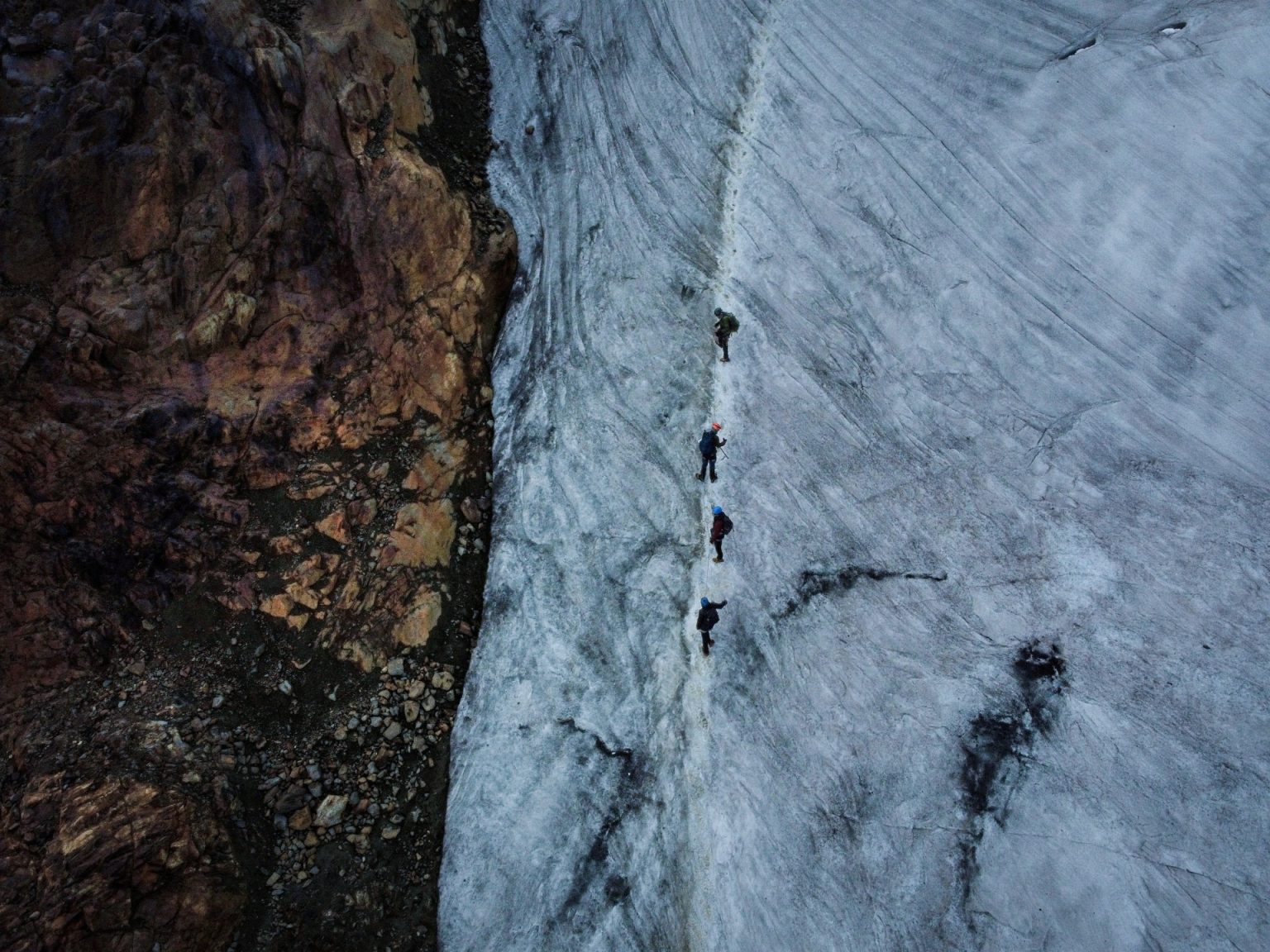Chile’s El Plomo mountain, standing at 5,400 meters, has been a revered peak for centuries, with the Incas performing sacrifices at its summit. However, the effects of climate change are now evident, with the glacier retreating and permafrost melting. This has led to the formation of new lagoons, landslides, and sinkholes, making the ancient path to the summit precarious. Francisco Gallardo, a longtime muleteer on the mountain, fears that his family may have to leave the area in a decade due to the changing conditions.
In the Andes, glaciers and permafrost are crucial components affected by climate change. Pablo Wainstein, a civil engineer, notes that the changes in the region are unprecedented and have far-reaching consequences. The Andes boast various frozen formations, each responding differently to climate changes. The impact of permafrost degradation has led to an increase in rockfalls in mountainous terrain, posing risks to climbers and local communities. The Andes host a significant percentage of the world’s tropical glaciers, making them susceptible to the warming climate.
The Andes play a vital role in the water cycle of the region, storing water as snow and ice during winter and releasing it slowly during warmer months. The water from the mountains is essential for millions of people for various purposes like agriculture, hydroelectricity, and mining. Glacial retreat has led to the exposure of acidic rocks, contaminating meltwater with heavy metals that then leach into water supplies. Additionally, erratic and heavy rainfall has led to ecosystem degradation, increasing susceptibility to landslides and floods.
The impact of climate change is also evident in the drying up of water supplies in the region. Temperatures are rising faster at higher altitudes, with daytime surface temperatures increasing significantly above 5,000 meters. Indigenous Quechua climbers in Peru have noticed drastic changes in climate patterns, with rains occurring at altitudes where snow should be falling. These changes have made mountain climbing more hazardous, with the loss of glaciers revealing dangerous crevasses.
Despite the risks posed by climate change, mountain enthusiasts like Cristian Ramirez remain committed to enjoying and preserving the Andes. Ramirez emphasizes the importance of the mountains in collecting ice and water that sustains life in the region. The disruption of the water cycle and the loss of glaciers due to climate change present challenges for communities reliant on these natural resources. Efforts to mitigate the impacts of climate change on the Andes and preserve these vital ecosystems are crucial for the well-being of the region’s inhabitants.
In conclusion, the changing climate in the Andes is significantly impacting the region’s glaciers, permafrost, and water resources. Indigenous communities, mountain climbers, and local residents are witnessing and experiencing firsthand the consequences of glacier retreat, permafrost degradation, and erratic weather patterns. Efforts to address climate change, protect the environment, and adapt to changing conditions in the Andes are essential to ensure the sustainability of these fragile ecosystems and the livelihoods of those dependent on them.


